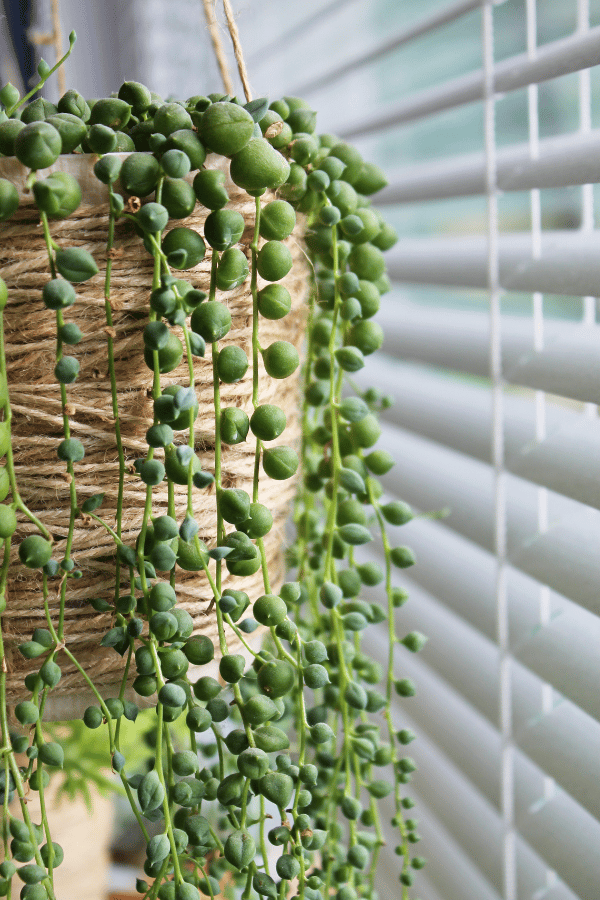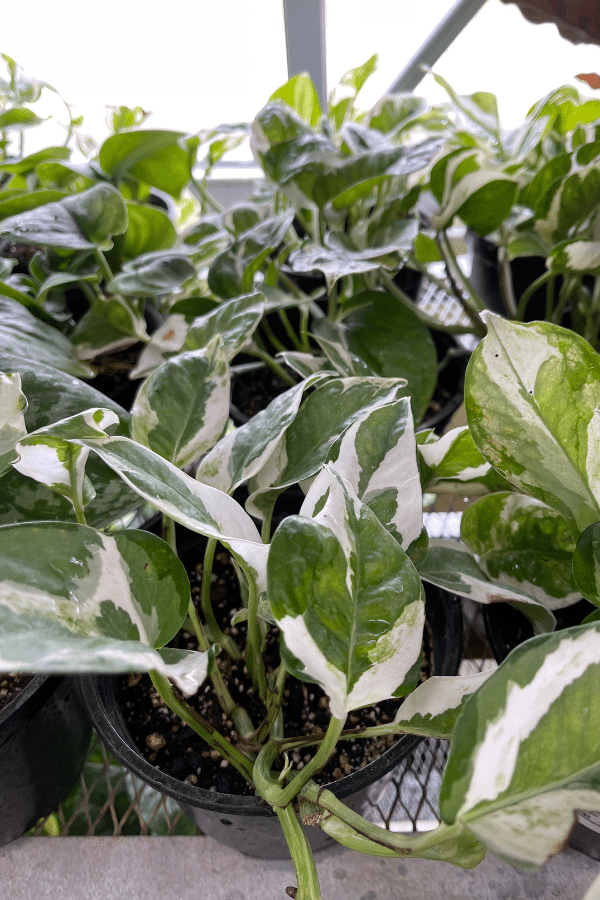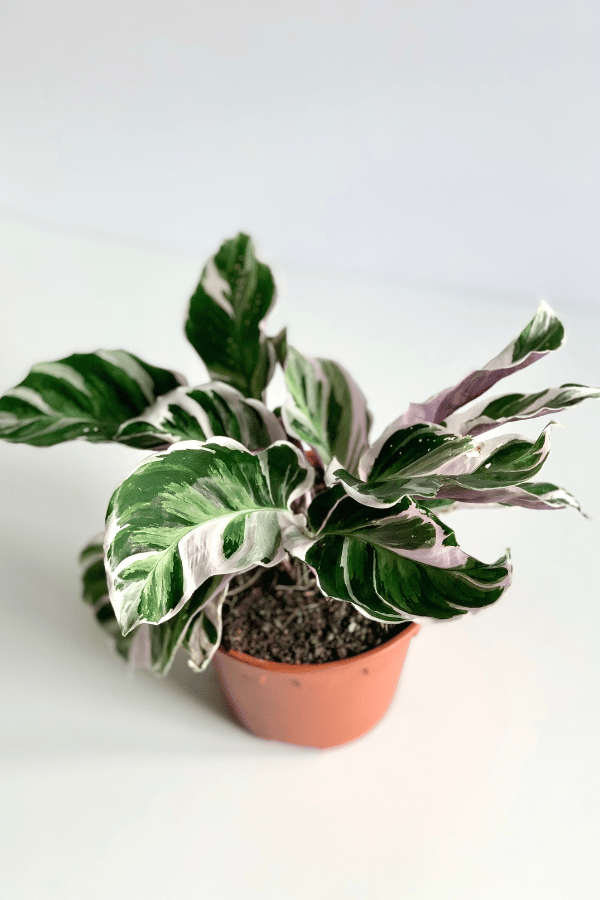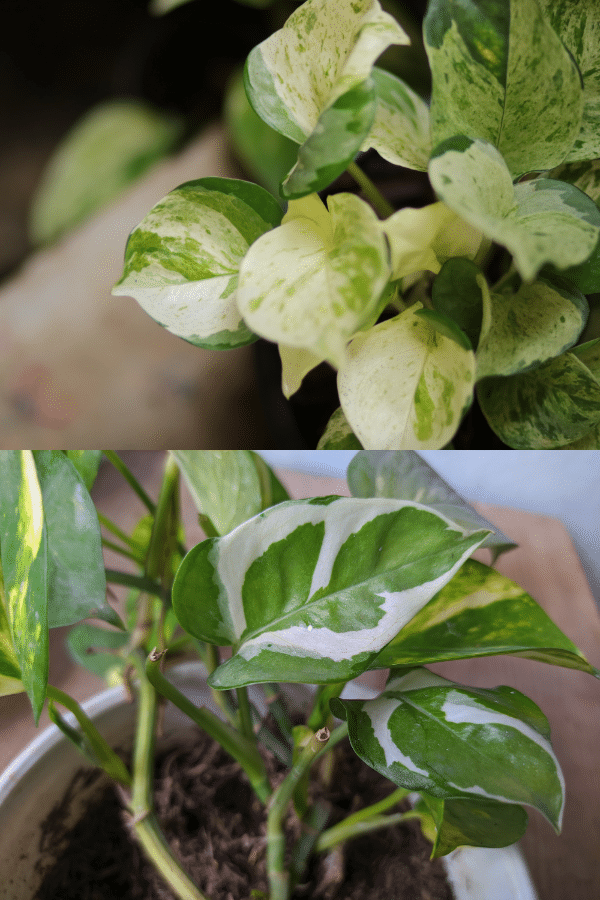Rhapis Excelsa Palm
Scientific Name: Rhapis Excelsa
Common Name: Rhapis Palm, Lady Palm
Rhapis Excelsa Palm care is easy as long as it gets good water and fertilizer. Being a large floor plant, this plant is good for a corner spot that receives adequate lighting.
To give this Palm plant the best care, it requires a loamy soil mixture, allow the soil to dry before watering, provide it with bright indirect sunlight, temperatures ranging from 60-80F, and high humidity levels above 50%.
Quick Care Overview
| Common Name | Lady Palm |
| Scientific Name | Rhapis Excelsa Palm |
| Family | Arecaceae |
| Origin | China, Taiwan |
| Growth Rate | Slow |
| Identification | Narrow, dark, glossy leaves coming off stem |
| Height | Up to 6 feet tall |
| Soil | Loamy soil mixture |
| Water | Water when top inch of soil is dry |
| Temperature | 60-80F |
| Sunlight | Bright indirect sunlight |
| Toxic to Cats & Dogs | No |
| Toxic to Humans | No |
| Pests | Mealybugs, scale, spider mites |
| Diseases | N/A |
Below we will dive deep into this Rhapis Excelsa Palm care guide.
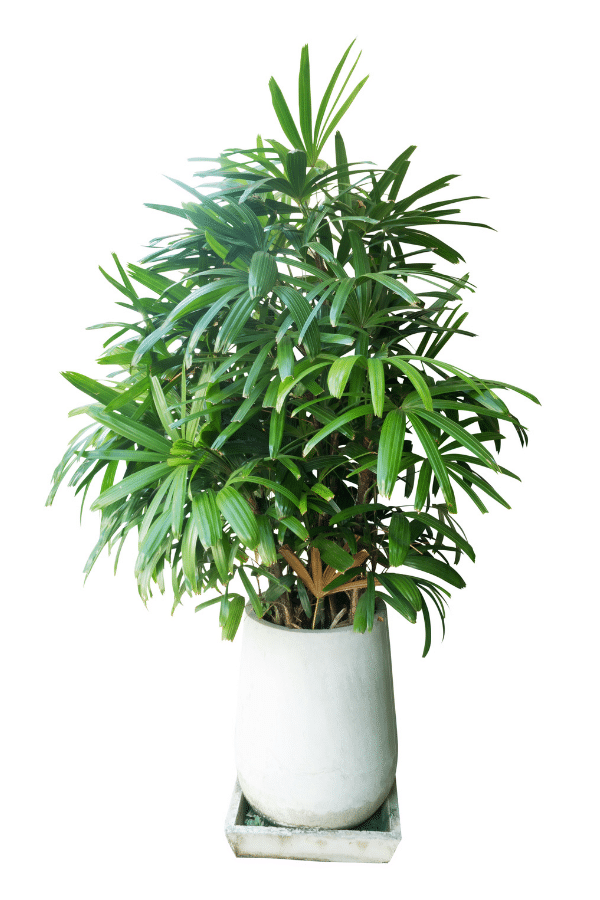
Rhapis Excelsa Palm History
Chinese native, Rhapis Excelsa, otherwise known as the lady palm, bamboo palm, or the Rhapis palm, is a small to medium palm tree that grows in clumps with slender stems. This palm has become a very popular indoor tropical plant for many houseplant collectors. Historically, these palms were fancied and collected by the wealthy and aristocratic people of Japan for the past several centuries.
Rhapis Excelsa Palm Identification
On the cane-like stems are dark fan-shaped, green fronds that are glossy with around seven thin, lance-shaped leaves. Somewhat akin to bamboo, this tropical plant has a clumping habit when grown outdoors can make a thick hedge.
Rhapis Excelsa Palm Growth Facts
This palm has a very slow growth habit and will grow less than a foot per year.
How Big Does a Rhapis Excelsa Palm Get?
This palm will grow up to 6 feet tall and 4 feet wide when grown indoors.
Rhapis Excelsa Palm Care
Lady Palms are perfect additions to any corner of a bright room to bring a tropical pop. This plant is easy to care for but requires that you keep up with its watering and fertilization needs.
Rhapis Excelsa Palm Soil
This palm prefers to be grown in a loamy soil mixture with excellent drainage. A commercial potting mix made especially for palms works wonderfully. Alternatively, you may use an African violet potting mix.
Rhapis Excelsa Palm Fertilizer
The Rhapis palm does require monthly fertilization during the growing season of spring and summer. Select a balanced liquid fertilizer and dilute to about half strength. Do not fertilize this palm in late fall or winter. Ensure that you follow all label instructions and do not overfertilize.
Rhapis Excelsa Palm Watering
This palm is somewhat drought tolerant once established, but during active growth should be watered whenever the top 1 inch of soil has become dry. Watering frequency should be reduced in fall and winter to whenever the top few inches of soil has dried. It is important not to overwater this plant. Ensure that you select a container that has ample drainage holes and that your plant is not allowed to sit in excess water from within its drainage tray.
Rhapis Excelsa Palm Light Requirements
These palms do not like being placed in direct sunlight. Unfiltered sun may cause leaf scorching quickly. These palms like a dappled light and may even tolerate partial shade. When grown indoors, these palms should receive bright, indirect light from a southern eastern or northern window.
Rhapis Excelsa Palm Temperature & Humidity
Being a tropical plant, this palm thrives in average indoor temperatures between 60 to 80 degrees Fahrenheit. They should never be exposed to temperatures below 55 degrees, as this may cause irreparable damage. Your palm should not be exposed to cold drafts or hot air from heating vents as this may cause issues. These palms do not like to be susceptible to sudden changes in temperature. This plant prefers to be grown in an environment with at least 50% humidity. If this plant does not receive adequate humidity, the tips of its fronds will begin to brown. You may boost your home’s humidity by installing a humidifier or pebble tray.
Repotting Rhapis Excelsa Palm
The lady palm likes to remain somewhat rootbound but will need to be repotted every 2-3 years. Select a container that is only slightly larger than its current container. Repot in early spring and try to disturb the roots as little as possible when repotting. Refresh its potting soil, tamp, and water thoroughly, and place in indirect light.
Rhapis Excelsa Palm Maintenance & Pruning
The Rhapis palm does not require much pruning. However, fronds that are highly discolored or dead may be pruned off periodically. It is important to note that browning is reasonably typical and that the plant still obtains nutrients from slightly browned fronds, and these should not be removed.
Rhapis Excelsa Palm Propagation
The best way for the home gardener to propagate the Rhapis palm is through rhizome division. To propagate, remove the plant from its container and use a sharp, clean blade to cut the rhizome into sections. Plant each section into its own container with fresh, sterile soil and water thoroughly. Place your divided plantlets into indirect light and allow to become established.

Rhapis Excelsa Palm Toxicity
The Rhapis Excelsa Palm tree is not toxic to humans, cats, or dogs.
Toxicity to Humans
The Rhapis Palm is considered non-toxic to humans. However, this plant is not considered edible.
Toxicity to Cats & Dogs
Luckily, this plant is considered non-toxic and safe for pets to be around.
Rhapis Excelsa Palm Problems
Rhapis Excelsa Palm Leaves Turning Yellow
Yellowing of the Rhapis palm typically indicates a lack of nutrients and that fertilization is in order. Alternatively, foliage may turn yellow due to a fungal issue, overwatering, or improper lighting.
Rhapis Excelsa Palm Leaves Turning Brown
When it comes to the Rhapis palm, browning of the foliage often indicates an issue from lack of moisture or humidity.
Rhapis Excelsa Palm Diseases
This plant is not known to have any serious disease issues. Ensure that you do not overwater your plant to make sure it remains in good health.
Rhapis Excelsa Palm Pests
The Rhapis Palm is not known to have many pest issues. Still, you should keep an eye out for common indoor plant pests such as mealybugs, scale, and spider mites.
FAQ
Why Is My Rhapis Palm Dying?
A Rhapis Palm is probably dying because of lack of humidity or not enough water. Be sure to water the plant when the top inch of soil has become dry. Alternatively, provide it with a humidifier.
Is Rhapis an Indoor Plant?
The Rhapis Excelsa Palm tree does great being an indoor houseplant. It can survive many lighting conditions, just be sure to give it enough water.

